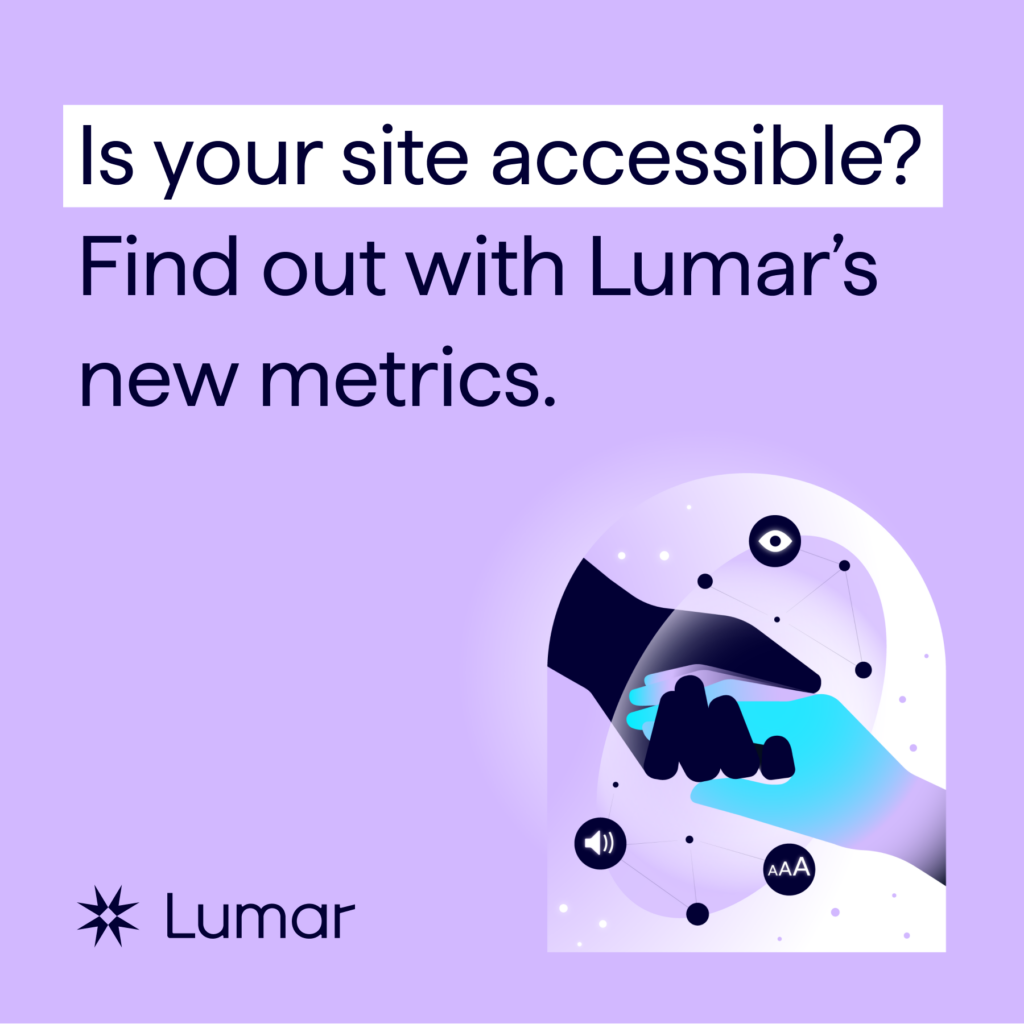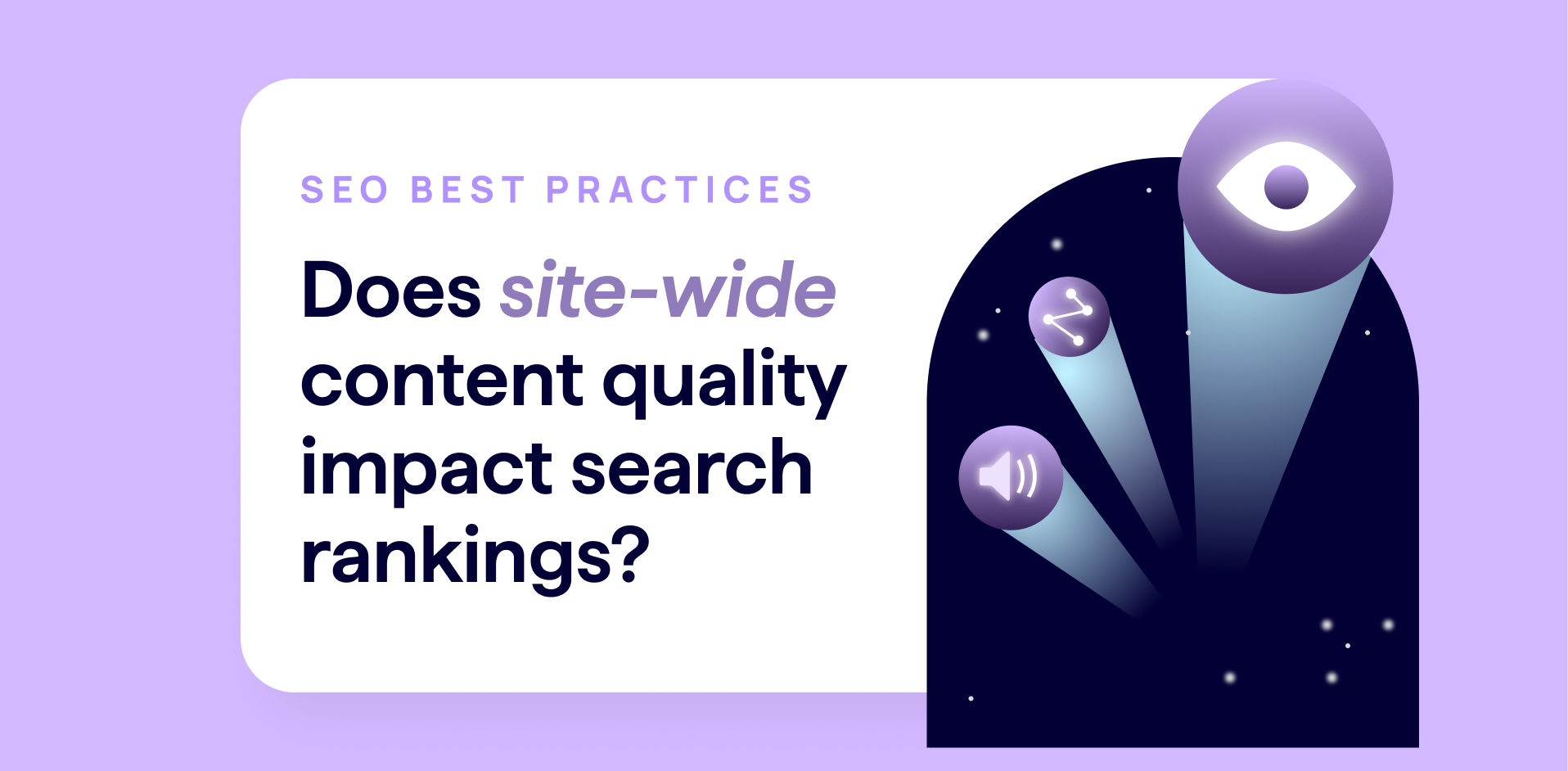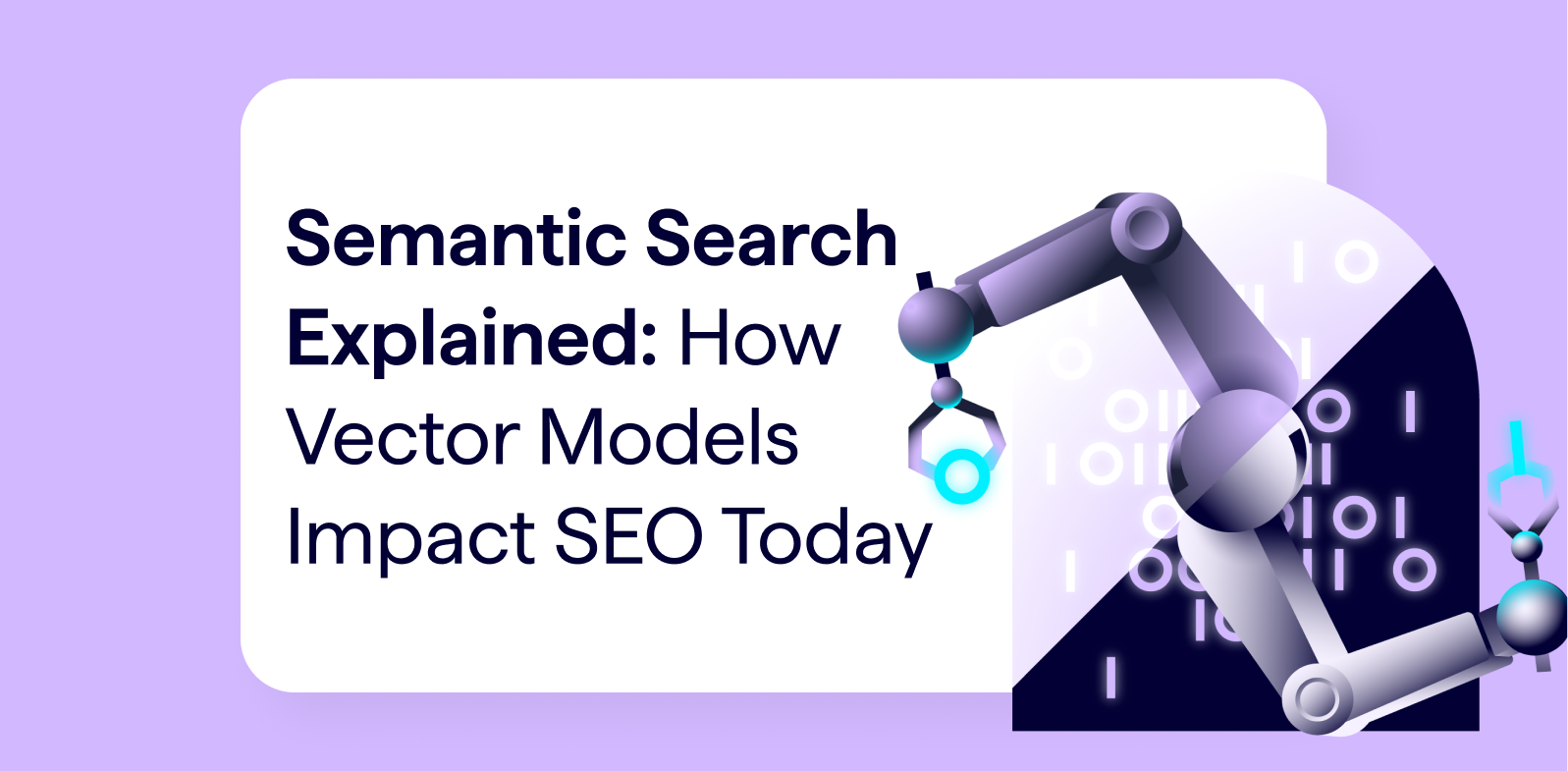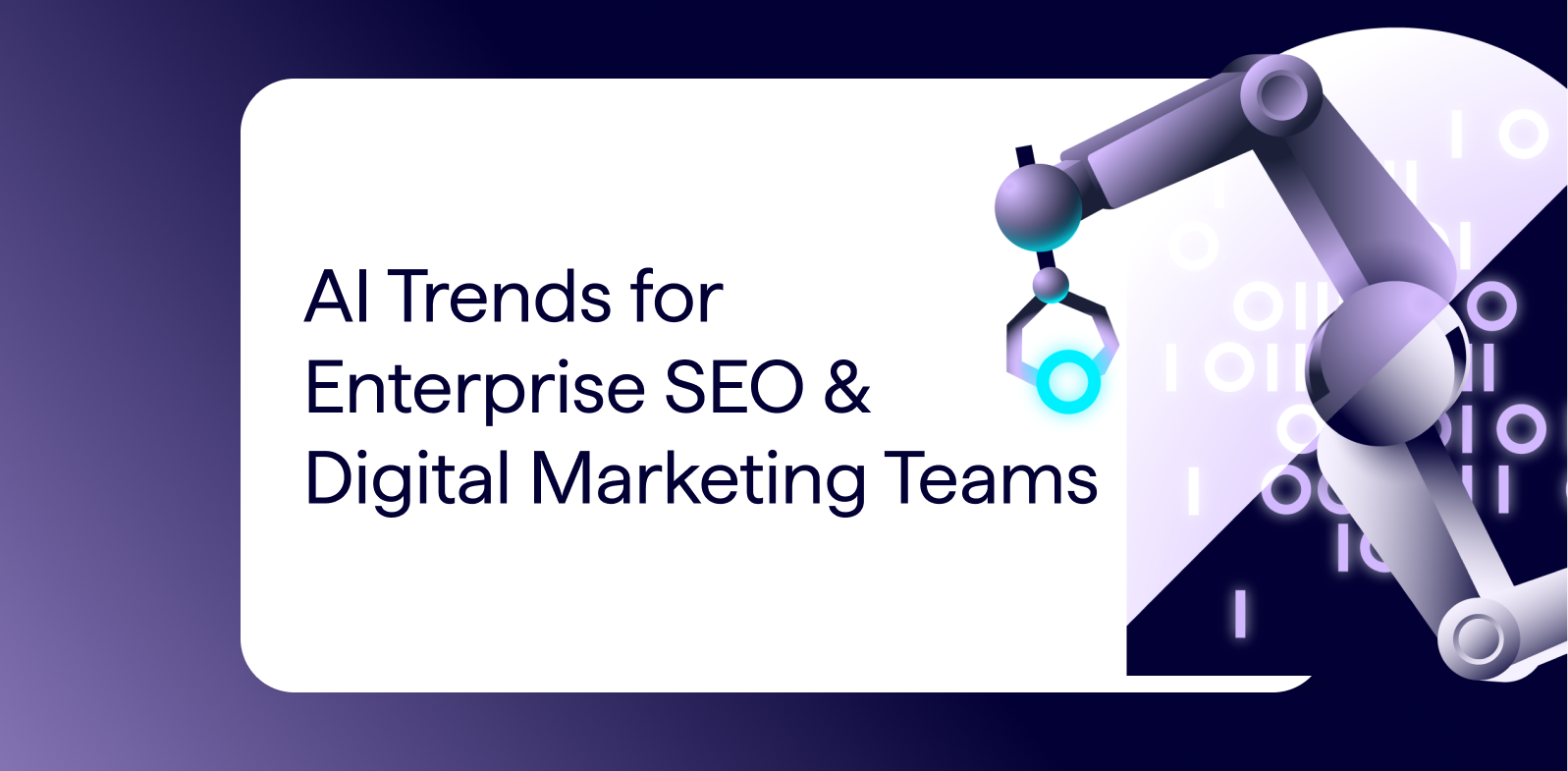Nearly 6 billion people currently use the internet, making it one of the most significant technologies for our modern age. We use it for shopping, entertainment, education, healthcare, banking, and so many other facets of daily life. Despite this, the internet as we know it has existed only for the last few decades, which is long after many regional accessibility laws were implemented.
What many individuals, organizations, and governments are now grappling with globally is how to ensure our digital world works well for everyone, including individuals with physical and cognitive impairments.
In this article, we explore where the digital accessibility industry is headed. From legal shifts to the impact of AI, learn about the trends and technologies guiding the future of online accessibility.
Business perspectives shift from accessibility lawsuit avoidance to understanding the benefits of inclusion
In the US, the accessibility lawsuit against Domino’s Pizza in 2018 opened the floodgates on legal action against private sector companies for their inaccessible websites. What followed was a surge in demand letters and lawsuits under the Americans with Disabilities Act (ADA), with nearly a 50% increase in accessibility lawsuits between 2017 and 2021. The COVID pandemic further applied pressure as many more people began relying on digital services to meet their needs. In response, many governments globally adjusted their accessibility laws to account for websites and digital properties, including the Canadian AODA in 2021 and the US Department of Justice issuing guidance that the ADA applies to web accessibility in 2022.
Today, these lawsuits are declining as more organizations address their accessibility issues and more businesses are embracing digital accessibility for reasons other than lawsuit avoidance. Procurement contracts issued by governments, educational institutions, and private-sector technology companies are increasingly requiring accessible technology within their project scopes, which places more emphasis on accessibility as a business benefit. Diversity, Equity, and Inclusion (DEI) initiatives are also applying pressures both within organizations and externally for more accessible technology to be released. Organizations are also realizing that the increase in accessible employment and productivity technology enables more individuals with physical and cognitive impairments to enter the workforce.
Organizations are also paying further attention to the business case for accessibility, including its ability to help companies tap into the underserved market of individuals with impairments (who have global discretionary spending estimated at $6.9 trillion), improve brand perception, and drive further innovation. Plus, digital teams have realized that accessibility best practices also align with best practices in SEO, usability, QA testing automation, and other core business principles.
As time goes on, organizations continue to become more sophisticated in their thinking and pay more attention to the many benefits of inclusion and digital accessibility that extend well beyond legal compliance.
Legal progress with digital accessibility
Digital accessibility laws in the US
Legislation typically moves slowly, but there is continued progress in 2023 with respect to digital accessibility. The US Department of Justice released guidance in 2022 clarifying that the ADA applies to web content, though, disappointingly, this updated guidance lacks a citation to a specific technical standard for digital access. The Department of Justice is, however, expected to meet in 2023 to review amending Title II ADA to provide technical standards for public entities to comply with. While this will clarify guidance for public entities, likely anchoring requirements in WCAG, there is no mention of private sector companies — which may leave private businesses in a legal grey area for years to come.
Digital accessibility laws in the EU
Elsewhere in the world, the European Union’s recent European Accessibility Act aims to standardize accessibility requirements across physical and digital spaces, and across both public and private sectors. The Act was introduced in April 2019 and adherence to its standards will be fully required as of June 28th, 2025.
Digital accessibility laws in the UK
In the United Kingdom, public sector organizations are still subject to the Equality Act of 2010 and Accessibility Regulations 2018 which are met through WCAG 2.1 compliance. Private sector organizations are only held to this law when performing public functions, which are functions typically handled by public sector organizations providing healthcare, utilities, or education. While the UK is not a member state of the European Union and may choose not to transpose the European Accessibility Act, any UK organizations selling into EU member states would be subject to its accessibility requirements.
Digital accessibility laws in Canada
In Canada, organizations are governed both by federal laws and the laws of their province. Government agencies have long been held to the WCAG 2.0 AA standard through Canada’s Standard on Web Accessibility, first implemented in 2011. More recently, the Trudeau administration enacted the Accessible Canada Act in 2019 which applies to federal public sector agencies, Crown Corporations, and federally regulated organizations. This law established accessibility roles including a Chief Accessibility Officer, Accessibility Standards Canada to define and implement accessibility standards, and new monitoring and enforcement requirements. One of the more recent and significant provincial changes came from the Accessibility for Ontarians with Disabilities Act (AODA) which requires public organizations and businesses with 50+ employees to comply with WCAG 2.0 AA as of January 2021.
Lastly, the 2023-2024 plan for Accessibility Standards Canada includes drafting (and making available for public feedback) standards on information and communication technologies, which is expected to align with WCAG given the precedent by the Canadian government.
For organizations without clear guidance on which technical standards to adhere to or how best to provide an accessible experience to users, the recommendation of the QualityLogic accessibility team is always to look to the most current and universally accepted website accessibility standard. Currently, that is WCAG.
Moving toward a more thoughtful use of accessibility tools and technology
Organizations are becoming more aware of the optimal use of tools to support their accessibility objectives. Accessibility evaluation tools help identify potential accessibility issues quickly and at scale. While these tools do not identify all accessibility issues due to the subjective nature of WCAG and do not inherently determine accessibility, they assist humans in identifying common accessibility issues and prioritizing which problems to address first. Many leading organizations are using digital accessibility tools in conjunction with human specialists as this offers the most effective approach to delivering accessible content and experiences.
In addition to accessibility analytics tools that help website managers identify issues, there is another popular category of accessibility tools called “overlays” which purport to make the user’s experience more accessible. These tools are widgets that sit atop a website and attempt to fix problems in the rendered code — however, these tools do not achieve full compliance and can degrade the experience for assistive technology users.
The WebAIM 2021 Survey of Web Accessibility Practitioners showed that 72% of respondents had an unfavorable view on the effectiveness of overlay tools and a 2022 New York Times article, titled “For Blind Internet Users, the Fix Can be Worse Than the Flaws,” showcased how many blind users find overlays make website usage more difficult.
QualityLogic has observed many organizations pivoting to using accessibility solutions like the Lumar platform to scan, monitor, and identify accessibility issues at scale and over time, while pairing that with human-led assessment and remediation. In addition, we see greater success with accessibility when best practices, guidance, and policies are applied throughout website and software development as a continuous practice rather than approaching it as a one-time fix. As more organizations embrace the benefits of accessibility, and as legislation continues to develop, we expect this operating model to become the new norm.
Emerging technologies’ impact on accessibility
As with everything, technology continues to advance, and organizations’ approach to accessibility will be impacted both by improvements to existing tools and by entirely new technologies. Here’s what’s on QualityLogic’s radar:
- Artificial Intelligence and Machine Learning: AI is affecting almost everyone, and the accessibility discipline is no exception. Some of the top AI applications in accessibility include computer vision, natural language processing (NLP), and machine learning. Computer vision may automate image recognition that, when paired with NLP, can render images into coherent text for screen reader users. This technology has been around for a while but earlier iterations have produced poor results in many contexts. Recent advancements may start to shift its usefulness.
Machine learning algorithms can aid in the identification of web accessibility issues. Most issues are subjective and require human assessment, but advancements in machine intelligence may be able to play a more valuable role in issue identification at scale. This may reduce the time investment of human auditors, focusing their efforts on reviewing the performance of AI systems or complex issues. - Virtual Reality, Augmented Reality, and Gaming: Technologies like virtual or augmented reality offer a unique level of immersion and have taken off in recent years. There are still challenges for users with vision impairments, often with menus or navigation features, and for users with motor-control impairments in using controllers or games that require full-body movement, but improvements are being made in this space. The manufacturers of gaming hardware are working to make them more accessible and organizations like XR Access are working on supporting more inclusive experiences with this technology.
- Voice Assistants: Voice assistants like Amazon’s Alexa and Apple’s Siri offer new accessible options to individuals, such as enabling retrieval of information or performing actions (such as turning off lights in a home). Still, the models used in voice assistants have challenges. Speech recognition is trained on users without cognitive conditions that affect speech patterns and behaviors, so language processing may still be a barrier. There is also room for improvement in terms of accents and pronunciations. Concern also exists with privacy, where usage of voice assistant features in public environments may require disclosure. Nevertheless, voice assistants continue to offer interesting accessibility options and the potential to support users with impairments in new ways.
Evolving accessibility standards
Though WCAG 2.1 is the current industry standard, WCAG 2.2 is in draft format and planned for release in 2023 Q3. This new version adds additional requirements around target size, focus appearance, and related success criteria. It also removes the 4.1.1 Parsing criterion as it is currently obsolete. WCAG 2.2 is useful to view as a reference for what may come, however as it is still in draft only, it is not yet suitable to form the basis of policy and standards. For that, QualityLogic recommends adhering to the current industry standard which is WCAG 2.1.
On the horizon as well is WCAG 3. Historically, the Web Accessibility Initiative (WAI) at W3C has kept standards for web content (WCAG), user agents such as browsers or video players (UAAG), and authoring tools like content publishing or social media platforms (ATAG) separate. However, as technology continues to advance and to address the needs of users with impairments more comprehensively, WCAG 3 will incorporate all three and partially extend the ATAG and UAAG guidelines. These will not deprecate WCAG 2, but rather build upon prior standards and serve as a more comprehensive guide for all. WCAG 3 entered a working draft in January 2021 and still has many open issues. It is not expected to be completed for several years.
We still have work to do
Organizations and lawmakers are becoming increasingly aware of digital accessibility issues, implementing better accessibility requirements, and learning how to address accessibility needs more effectively. However, we are far from achieving digitally accessible and usable experiences in most contexts. The WebAIM Million, which reports the accessibility of the top million home pages, showed that in 2023 over 95% of homepages still have WCAG 2 accessibility issues. This may be compounded by the rising complexity of web pages over recent years. Government and social media websites tend to show the most improvement.
There is certainly an opportunity for improvement, and it is QualityLogic’s belief that the actions taken today will lead to a future where websites, software, and technology offer a much more inclusive experience. If you’d like to learn more about digital accessibility and how to become compliant with the most current standards, we would love to share more information. You can find us at qualitylogic.com or on LinkedIn.








